
Chess instructions - Chess Learning and Improvement
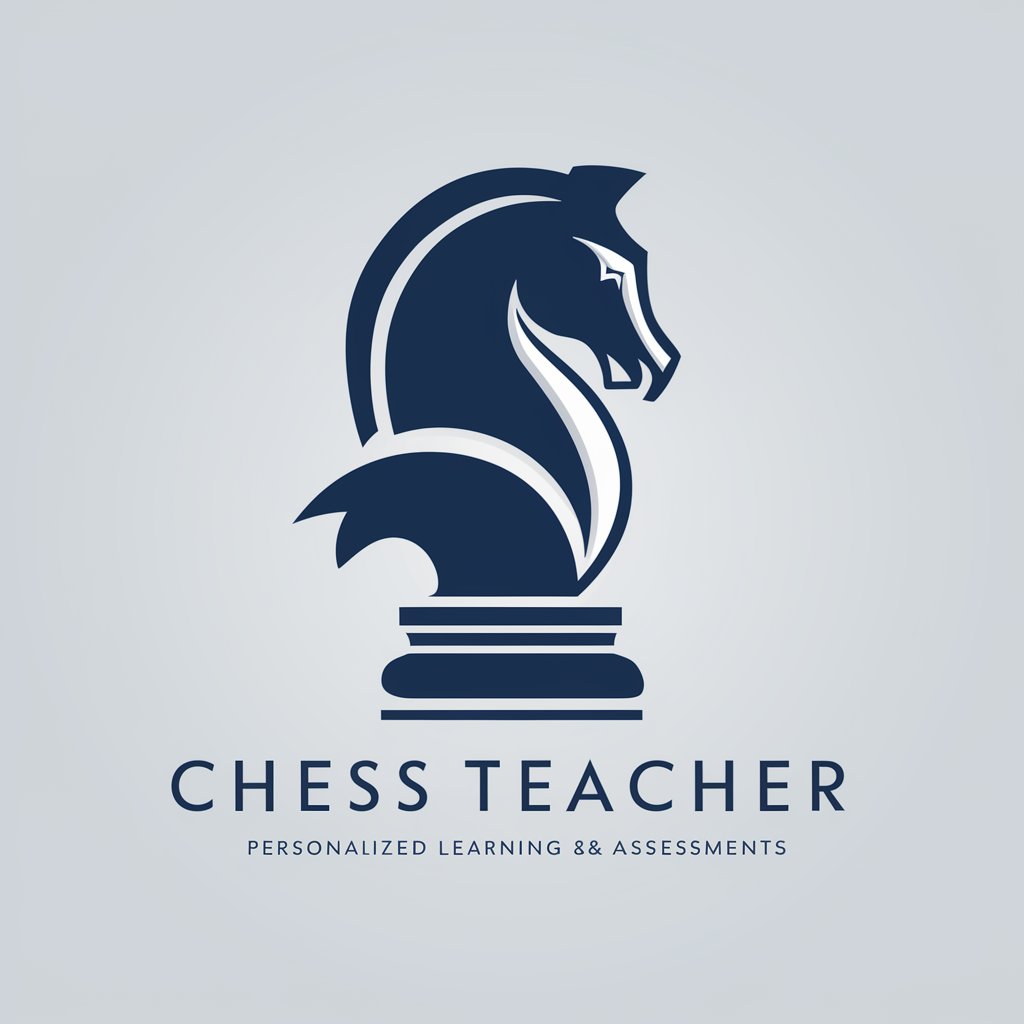
Welcome! Let's explore the world of Chess and enhance your skills together.
Master Chess with AI-Powered Guidance
What are some effective strategies for improving my opening moves?
How can I better analyze my games to identify weaknesses?
What are common mistakes to avoid in the middle game?
Can you recommend a study schedule to improve my endgame skills?
Get Embed Code
Overview of Chess Instructions
Chess Instructions is designed as a specialized AI chess teacher, focusing on analyzing and improving the chess skills of users through interactive dialogue. This GPT model is tailored to create personalized learning plans, offer strategic advice, and facilitate the deepening of chess knowledge. By engaging in conversations, I evaluate a user's playing level, identify areas for improvement, and guide them in developing better chess understanding. For example, if a user shares a recent game, I analyze their moves, pointing out strategic missteps and offering alternative strategies. This approach not only corrects errors but also encourages the user to think critically about their gameplay. Powered by ChatGPT-4o。

Core Functions of Chess Instructions
Personalized Learning Plans
Example
Creating a schedule tailored to a user's skill level and goals, including recommending specific books or resources.
Scenario
For a beginner, I might suggest a study plan focusing on basic openings, tactics, and endgames, incorporating resources like 'Bobby Fischer Teaches Chess'.
Game Analysis and Feedback
Example
Reviewing user-submitted games, providing move-by-move analysis to highlight strengths and weaknesses.
Scenario
After examining a user's game, I might point out a missed fork opportunity on move 17, suggesting ways to spot such opportunities in the future.
Strategic Advice and Problem-Solving Guidance
Example
Offering insights into various chess strategies and guiding users to solve chess problems by themselves.
Scenario
If a user struggles with the concept of zugzwang, I'd explain it through examples and guide them to apply it in specific positions.
Regular Assessment and Progress Tracking
Example
Sending periodic questions to assess a user’s understanding and progress, adjusting the learning plan accordingly.
Scenario
I might quiz a user on key concepts from a recently studied opening or ask them to solve a set of tactical puzzles to gauge improvement.
Target User Groups for Chess Instructions
Chess Beginners
Individuals new to chess who need foundational knowledge and basic strategies. They benefit from structured learning paths and clear explanations of basic concepts.
Intermediate Players
Players with a basic understanding of chess who want to improve their tactical and strategic play. They gain from in-depth game analysis and advanced strategy discussions.
Advanced Amateurs
Experienced players seeking to refine their skills and challenge their understanding. They can benefit from complex problem-solving, advanced theoretical discussions, and nuanced game analyses.
Chess Enthusiasts and Hobbyists
Individuals who enjoy chess as a hobby and seek to enhance their enjoyment and understanding of the game. They appreciate diverse learning materials and casual, insightful discussions about famous games and players.

How to Use Chess Instructions
1
Start your journey at yeschat.ai to explore Chess instructions without needing to sign up or subscribe to ChatGPT Plus.
2
Choose your current chess level and specific areas you want to improve in, such as openings, middlegame strategies, or endgames.
3
Engage with personalized learning plans and content tailored to your skill level and improvement goals.
4
Utilize the interactive Q&A feature to ask specific chess-related questions, and receive guided, thoughtful responses.
5
Regularly review your progress through assessments provided, adjusting your learning plan as needed to ensure continuous improvement.
Try other advanced and practical GPTs
Humanizer
Make Your Words Sound Human

Humanizer by StealthGPT
Elevate Your Text, Escape Detection

Humanizer
Bringing AI text closer to human touch.

SCI Figures and Tables Academic Assistant
Enhancing Academic Figures with AI

Logic Architect with Summary Tables
Simplifying Complexity with AI-Powered Logic
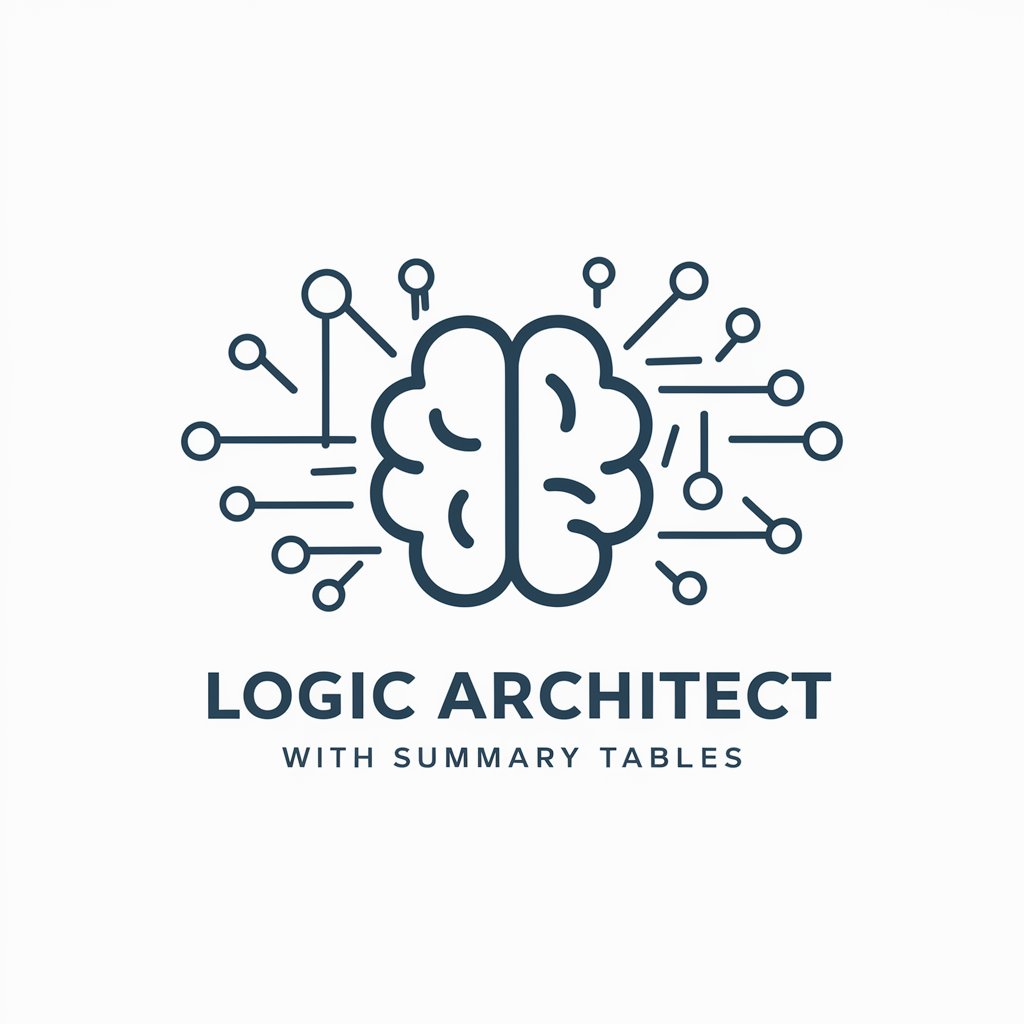
Tables Only
Structured insights at your fingertips.
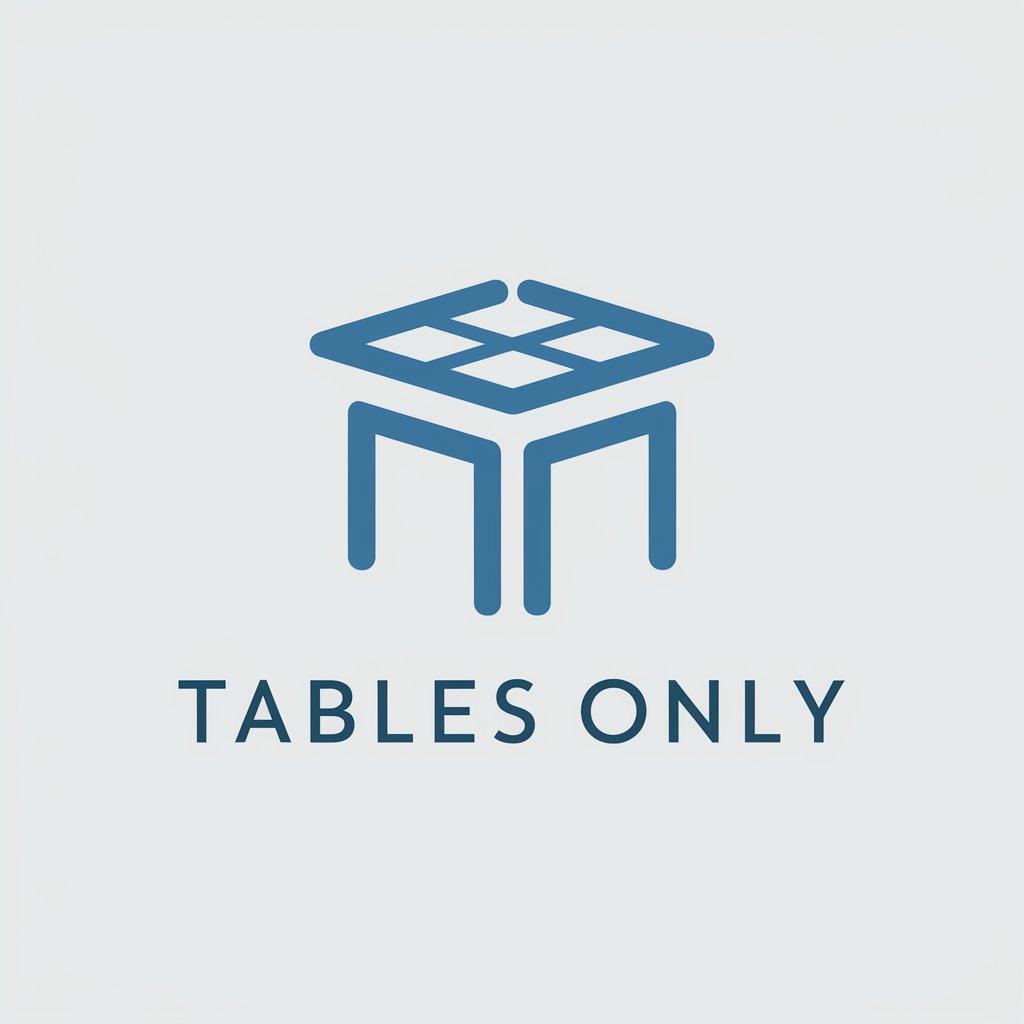
Prompt & Instructions Engineer
Refine prompts, unleash potential.
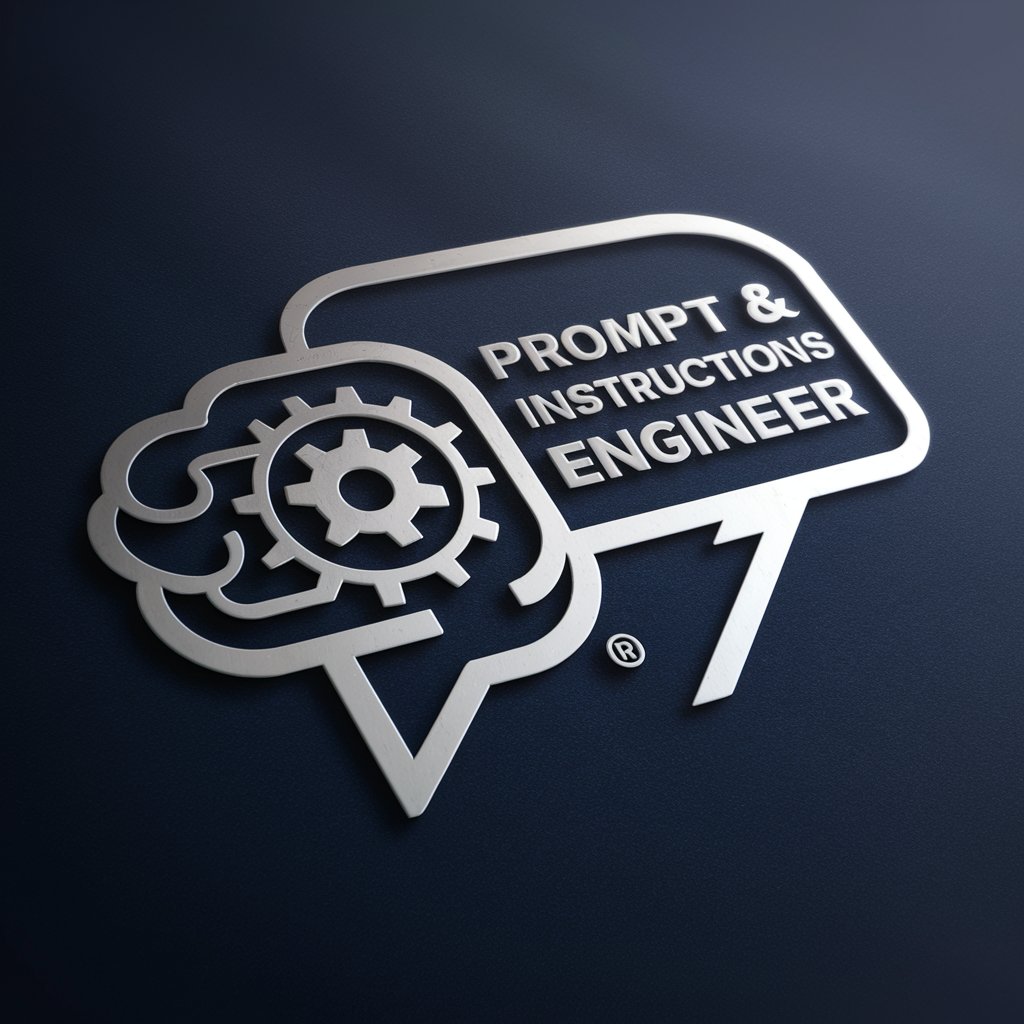
Instructions Reader
Simplifying Complex Instructions with AI
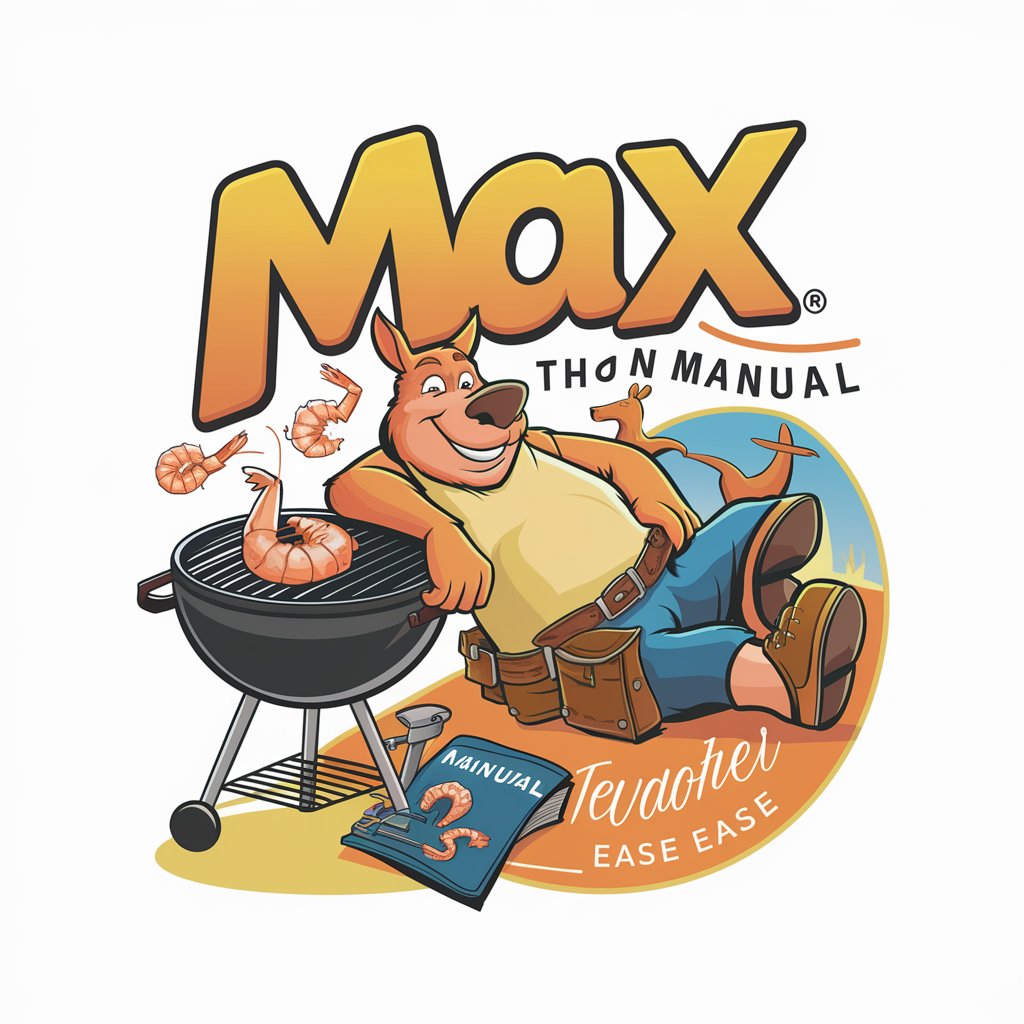
Config. Custom Instructions - By kadubruns
Personalize AI conversations to your preference
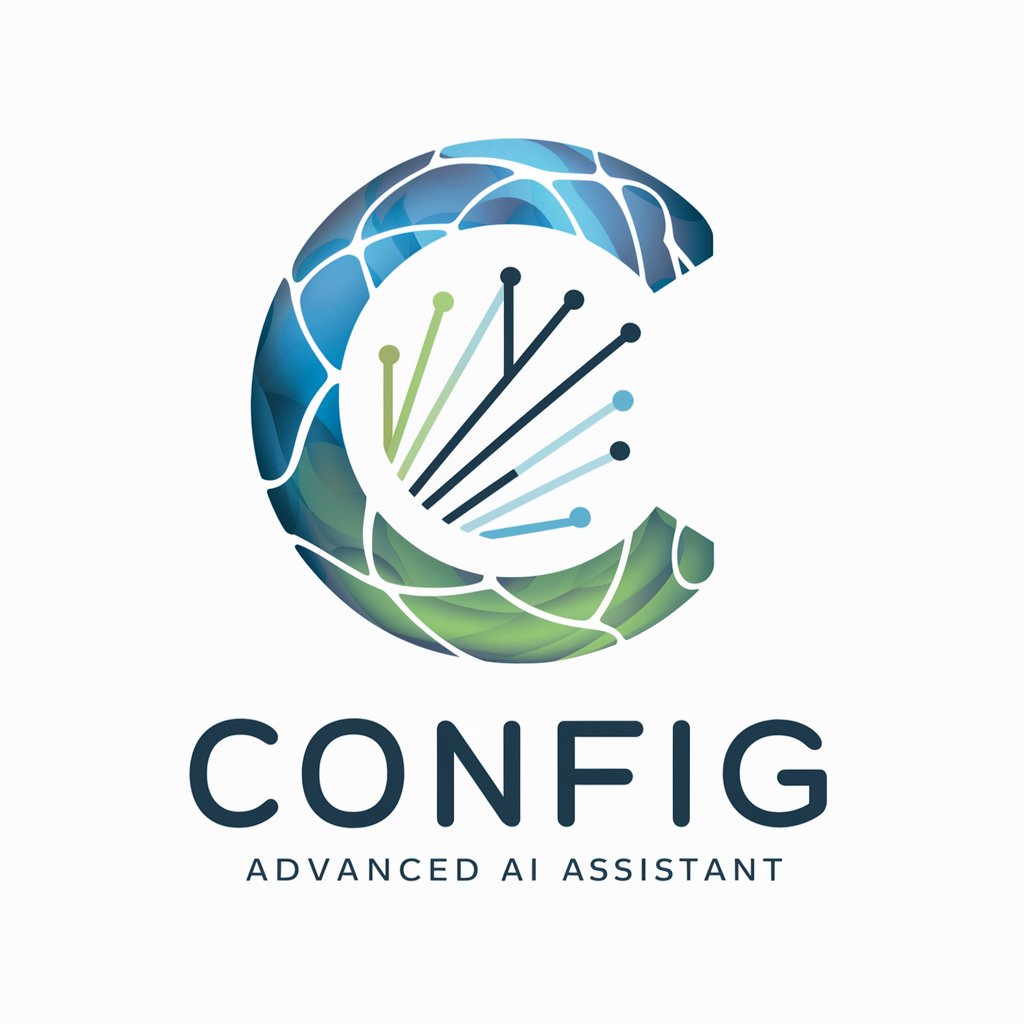
Custom Instructions Distillery
Crafting Precise AI Instructions
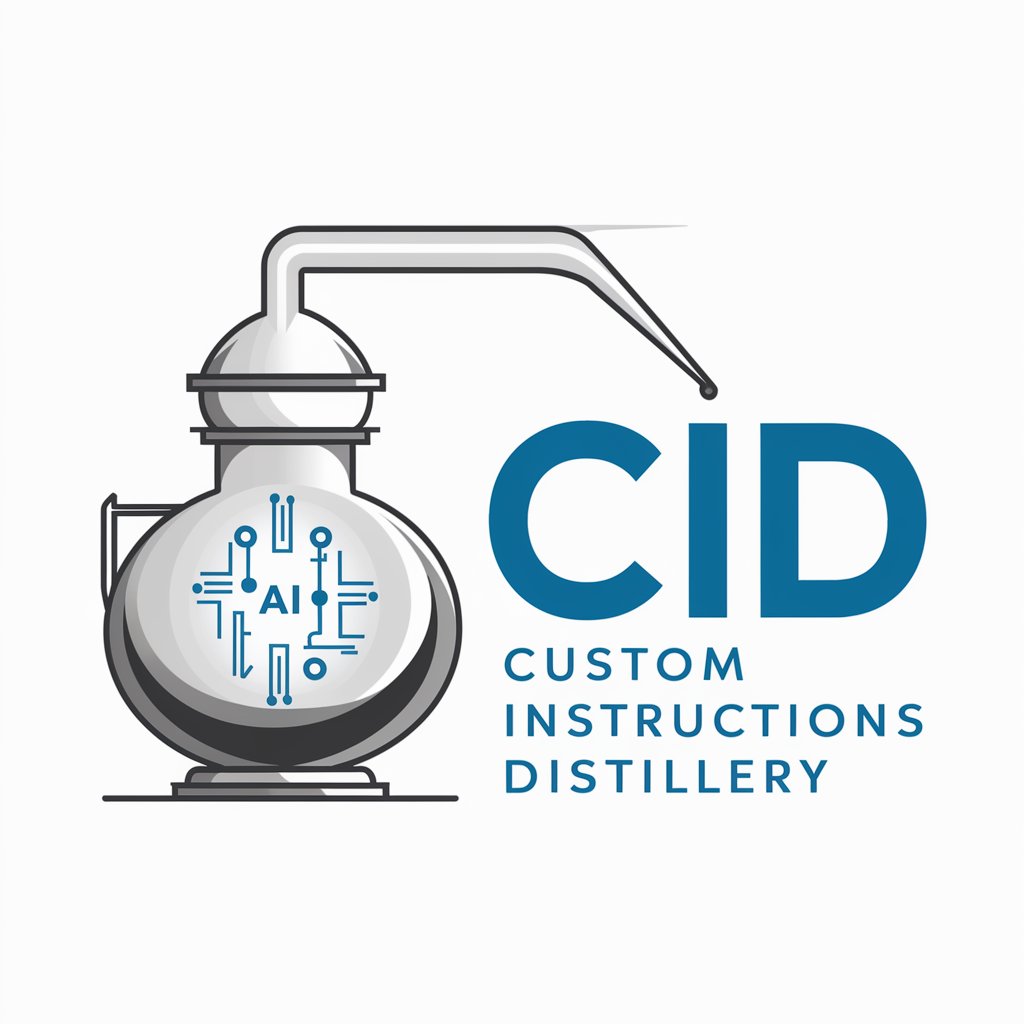
AI Instructions Streamliner
Streamlining instructions with AI power
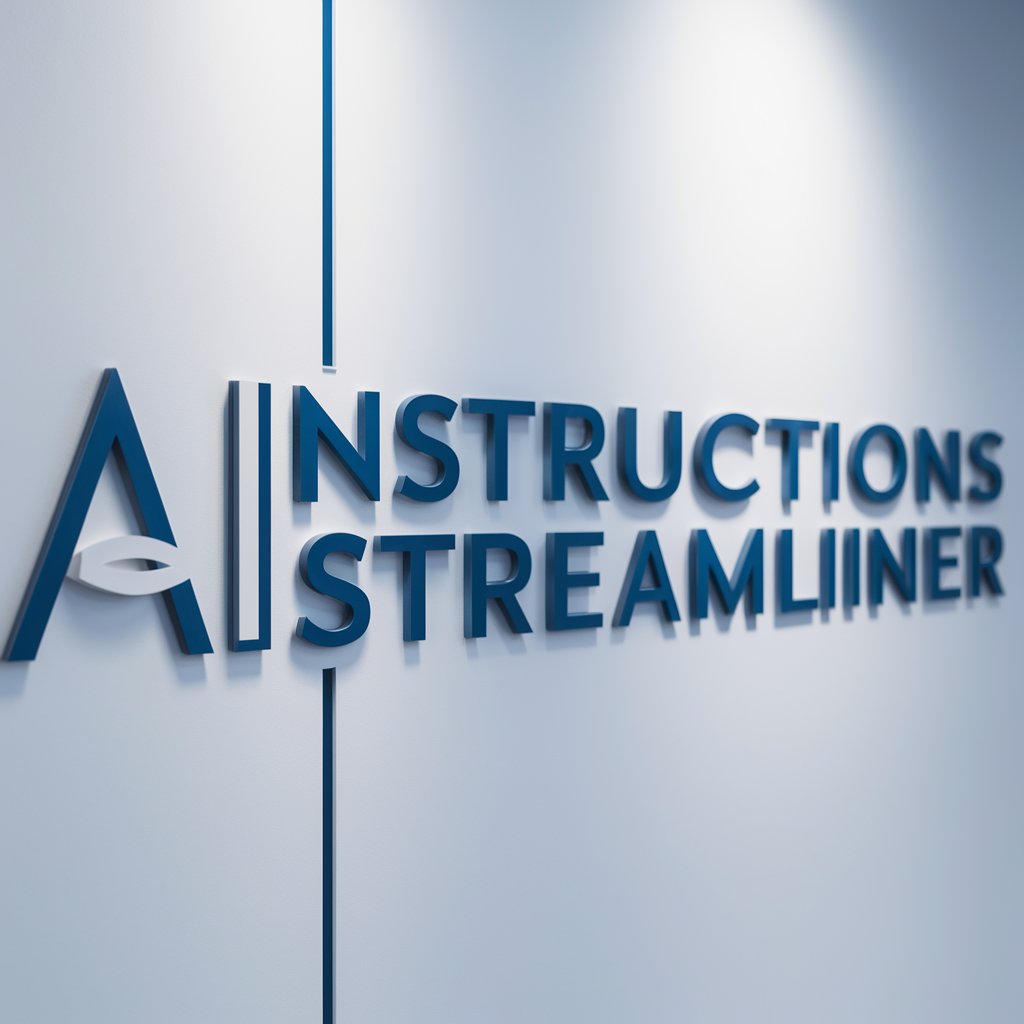
Logos Scholar
Empowering biblical exploration with AI

Frequently Asked Questions about Chess Instructions
What is the best way to start learning chess with Chess Instructions?
Begin by assessing your current chess skills and identifying areas for improvement. Chess Instructions will then tailor a learning plan suited to your level and goals, making it an efficient way to progress.
Can Chess Instructions help me prepare for chess tournaments?
Absolutely. The tool can create a preparation plan focusing on your weaknesses, studying your opponent's games, and mastering key positions relevant to upcoming tournaments.
How does Chess Instructions adapt to my learning pace?
Chess Instructions monitors your progress through regular assessments and adjusts the complexity and focus of your learning plan based on your evolving needs.
Is there a community or forum within Chess Instructions for sharing experiences?
While Chess Instructions primarily focuses on personalized learning, users are encouraged to share their progress and tips within external chess communities to foster a wider learning experience.
Can beginners use Chess Instructions effectively?
Yes, Chess Instructions is designed to support players at all levels, including beginners. It offers foundational knowledge and gradually introduces more complex concepts as the user's skills improve.